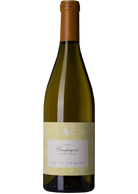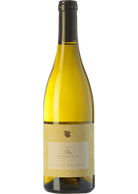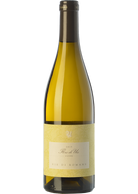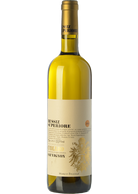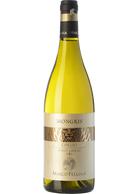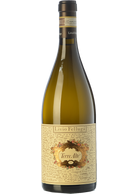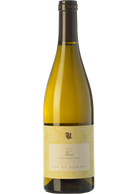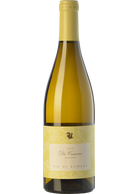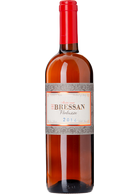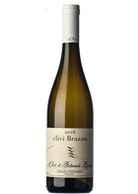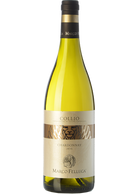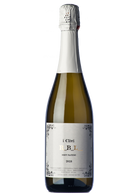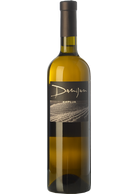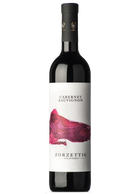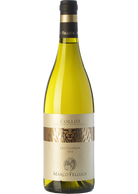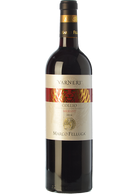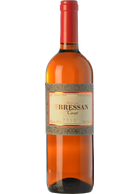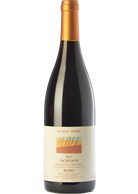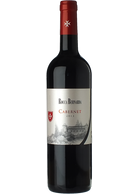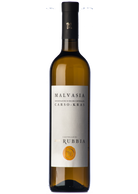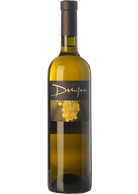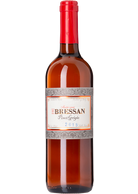Wine from Friuli Venezia Giulia
The Friulian wine tradition is rooted in a long history: first the Romans, then the Byzantines around Aquileia, and then the Most Serene Republic of Venice made the region one of the most important wine crossroads in Europe. The patrimony of Friuli's native grape varieties is very vast, even if, after phylloxera, many have been removed in favour of both red and white international ones.

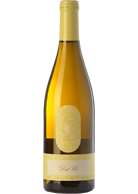


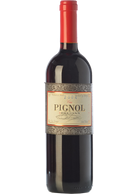
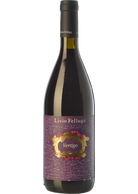
Friuli Venezia Giulia
The Friulian wine tradition is rooted in a long history: first the Romans, then the Byzantines around Aquileia, and then the Most Serene Republic of Venice made the region one of the most important wine crossroads in Europe. The patrimony of Friuli's native grape varieties is very vast, even if, after phylloxera, many have been removed in favour of both red and white international ones.
Characterised by a mild climate, protected by alpine currents, and soils almost always rich in mineral substances, Friuli-Venezia Giulia is a small but composite region. Friuli has predominantly alluvial soils, towards the Adriatic, except for the morainic soil barriers of the Grave and Isonzo areas and the first hills of the eastern part of the region, marly-arenaric-calcareous, basically common to those of Collio, an area of the province of Gorizia in total historical and wine-growing continuity with the Slovenian Collio (Brda): very particular soils, suitable for great white wines for ageing and particularly elegant and mineral reds, which are called, depending on the area, flysch or ponca. Less structured wines, with a snappy acidity and pleasant drinkability are those of Carso, in Venezia Giulia, identified today with the area of Trieste: the soils here are dry, porous and stony, karst in other words.
Whites are the pride and joy of Friulian wine, so much so that the region is considered a white wine area par excellence. A classic native grape variety from all over Friuli is the friuliano, once called tocai. Fresh and almond-flavoured in the finish, the friuliano is capable of a significant evolution, which leads it to assume a more complex mineral profile, with notes of hydrocarbon and flint. Great in the Friuli Colli Orientali DOC and Collio, like the ribolla gialla, another protagonist of the regional wine identity. Structured, with excellent acidic body and complex fragrances, the ribolla expresses itself superlatively also in the orange version, as it has a solid skin rich in polyphenols. Sublime on the Eastern Hills, in the Collio area it often takes on these features, especially in the Oslavia cru, where a large part of the vineyard is dedicated to it and where it gives extraordinary balsamic, ethereal, salty sensations after long maceration on the skins and equally long-lasting ageing in wood or amphora.
The homeland of the Italian orange wines, Collio, and Friuli as a whole, also produces many fresh and light native whites. For example, verduzzo, golden and well-structured, which gives its best when harvested late, sweet- not sweet, in the Ramandolo DOCG. Towards the Carso, Istrian malvasia stands out, very delicately aromatic and predominantly mineral, and vitovska, a taut and subtle white with great evolutionary prospects. Among the international ones, the catalogue caters for all tastes: from the well-rounded pinot grigio, sometimes coppery, to the more direct pinot bianco, to the chardonnay and a sauvignon that, in the Friuli-Isonzo area, recalls the minerality and complexity of the older brothers of the upper Loire.
On the red front, the natives are still numerous, although not always rich in personality. The Friulian "vinone" is fussy, very structured and long-lived, with good tannins, often aged in barrels with extraordinary results. Refosco, is of a more delicate ruby in colour, moderately tannic and with a pleasant bitterish finish. Characteristic is especially true of the Prepotto sub-area in the Colli Orientali, the schioppettino owes its name to its easy drinking, crunchiness and acidulous fragrance. Rescued from sure extinction, the tazzelenghe, on the other hand, owes its name ("taglialingue" – tongue-cutter) to its extreme tannicity, and is characterised not only by its rustic backbone, but also by its acidity and herbaceous scents. Merlot, cabernet sauvignon, cabernet franc and franconia dominate the international red wine scene. In the Carso area, on the other hand, the native vine is terrano (teran), a transparent, fruity, light and fresh red, only recently experimented in versions for ageing.
Within the Eastern Hills, two crus are of particular interest. One is that occupied by the Colli Orientali del Friuli Picolit DOCG: picolit is a very rare and difficult white grape to grow because it suffers from millerandage, that is, not all the grapes in the bunch reach maturity. Once considered on a par with the Hungarian Tokaji, today it has a much more niche profile, though no less precious. Vinified after late harvest or withering, it is suave, of contained sweetness, great elegance, pleasant freshness and a sumptuously almond finish. The other cru is the Rosazzo DOCG, at the foot of the abbey of the same name. A little plot of land that gives extraordinary whites for minerality, structure and longevity, mainly based on friuliano, with a significant contribution of international grapes such as chardonnay and sauvignon.



